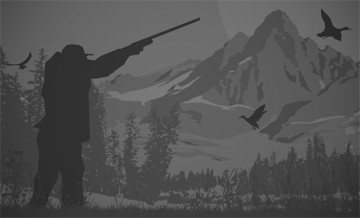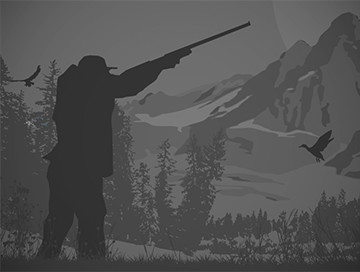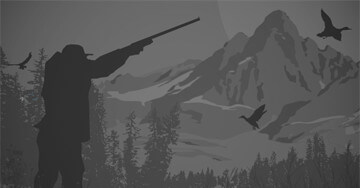Hunting in Northern Cape
Посмотреть 48 охот Посмотреть все охоты48 охотничьих туров от 10 аутфиттеров начиная отC$2,046
Northern Cape on map
About hunting in Northern Cape
The largest and most sparsely populated province in the country. The country’s largest river, the Orange River runs through it over the Augrabies Falls and empties into the Atlantic Ocean. This extremely dry desert country incorporates the Kalahari Gemsbok National Park which shares an international boundary with Namibia and Botswana. Still a diamond rich area, it claims to have the world’s deepest hand excavated hole, a disused diamond mine known as “The Big Hole” of Kimberley. In the extreme western section of the province you find the Namaqualand Desert which turns into a sea of colour when the desert flowers bloom in spring each year. As with all deserts, temperatures are extreme, hot in summer and winter nights can drop below freezing point. The Kalahari Desert, home of the Nama (Bushman) people who are rated as the best trackers in the business. Owing to the low carrying capacity, some of the game ranches are huge. For the traditionalist hunter, there is nothing as gratifying as tracking a magnificent Kalahari Gemsbuck or Springbuck over the ancient red dunes of the Kalahari Desert. A limited number of game ranches in the province offer free-range wild managed Lions, Leopards when quota is made available by the South African conservation officials, Buffalo, Sable and the rarer Roan Antelope. White Rhino and even the odd Black Rhino may be made available for hunting every now and again. The terrain varies from flat open deserts, to salt pans, rolling red sand dunes and dry rocky mountains offering an assortment of desert hardy plains game species, from Blue Wildebeest, Red Hartebeest, an assortment of colour variant Springbuck, Blesbok and Gemsbuck. Red Lechwe, a species that prefers aquatic habitats has been introduced to the province and has adapted surprisingly well. Other introduced non South African species are Scimitar Oryx, Barbary Sheep (Aoudad), Blackbuck and Mouflon. The world’ biggest bird, the Ostrich is a common inhabitant of this dry land. Sandgrouse are plentiful, offering some good shotgun shooting in the mid-morning and late evening depending on which species of Sandgrouse you are targeting. Threatened or Protected Species (TOPS) and CITES permits are required for some species even with an exemption permit. All the necessary documentation details will be provided by your Outfitter. Learn more about South African hunting regulations here.
Распределение цен
Специальные предложения
Отзывы
Заинтересовало это направление? Создайте подписку, чтобы получать предложения прямо на email




